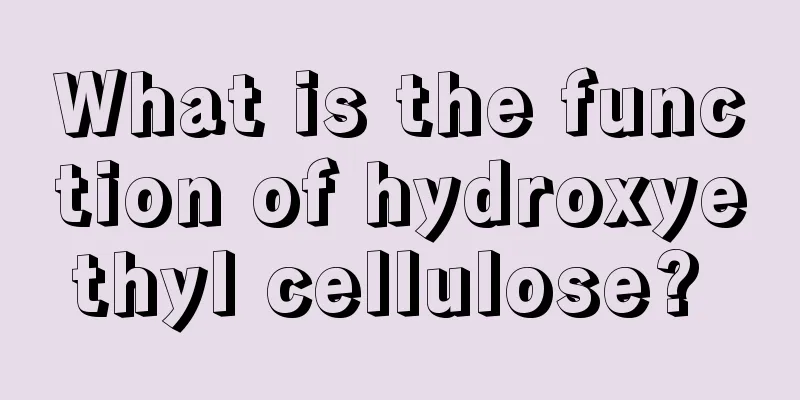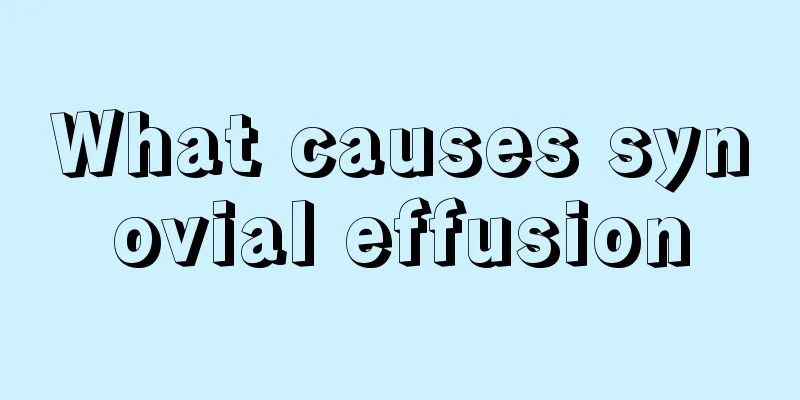What is the function of hydroxyethyl cellulose?

|
There must be a lot of people who don't know what hydroxyethyl cellulose is. In fact, it is a white powder, sometimes light yellow, or solid. The chemical formula of this chemical substance is C2H6O2·x. This chemical substance has a wide range of uses, such as being a good emulsifier and a widely used adhesive, so it has the following many uses. Function of Hydroxyethyl Cellulose: Used as adhesive, surfactant, colloid protective agent, dispersant, emulsifier and dispersion stabilizer, etc. It has a wide range of applications in coatings, inks, fibers, dyeing, papermaking, cosmetics, pesticides, mineral processing, oil production and medicine. 1. It is generally used as a thickener, protective agent, adhesive, stabilizer, and additive for the preparation of emulsions, jellies, ointments, lotions, eye cleansers, suppositories and tablets. It is also used as a hydrophilic gel, skeleton material, and for the preparation of skeleton-type sustained-release preparations. It can also be used in food as a stabilizer. 2. Used as sizing agent in textile industry, bonding, thickening, emulsifying, stabilizing and other auxiliary agents in electronics and light industry sectors. 3. Used as thickener and filtrate reducer for water-based drilling fluid and completion fluid, with obvious thickening effect in salt water drilling fluid. It can also be used as a fluid loss reducer for oil well cement. It can be cross-linked with multivalent metal ions to form a gel. 4. This product is used as a dispersant for water-based gel fracturing fluid for petroleum extraction by fracturing method, and for polymers such as polystyrene and polyvinyl chloride. It can also be used as a latex thickener in the paint industry, a hygroscopic resistor in the electronics industry, and a cement retarder and moisture retainer in the construction industry. Glazing in ceramic industry and toothpaste adhesive. It is also widely used in printing and dyeing, textiles, papermaking, medicine, hygiene, food, cigarettes, pesticides and fire extinguishing agents. 5. As surfactant, colloid protective agent, emulsion stabilizer for vinyl chloride, vinyl acetate and other emulsions, as well as thickener, dispersant and dispersion stabilizer for latex. It is widely used in coatings, fibers, dyeing, papermaking, cosmetics, medicine, pesticides, etc. It also has many uses in oil extraction and machinery industries. 6. Hydroxyethyl cellulose has surface activity, thickening, suspension, bonding, emulsification, film-forming, dispersion, water retention and protection effects in solid and liquid pharmaceutical preparations. 7. Used as dispersant for the extraction of water-based gel fracturing fluid for petroleum, polyvinyl chloride, polystyrene and other polymers. It can also be used as a latex thickener in the paint industry, a cement retarder and moisture retainer in the construction industry, a glazing agent in the ceramic industry, and a toothpaste adhesive. It is also widely used in printing and dyeing, textile, papermaking, medicine, sanitation, food, cigarettes and pesticides and other industrial fields. |
>>: What are the hazards of sodium carboxymethyl cellulose?
Recommend
Things to note before doing cardiac angiography
Cardiac angiography is a way to check whether the...
What is the reason for the pain of bloody stool
The phenomenon of blood in the stool during bowel...
Will staying up late make people fat? What are the harms?
Today's nightlife is becoming more and more a...
Is TCM treatment of cervical cancer effective?
If the patient has bleeding, leucorrhea and other...
What are the symptoms of nasopharyngeal cancer?
What are the symptoms of nasopharyngeal cancer? S...
Tonsillitis and cold hands and feet
If your tonsils are inflamed and your hands and f...
Symptoms of viral jaundice
Jaundice is closely related to liver diseases. Th...
Can frozen yellow peaches be eaten directly?
Although yellow peaches are rich in nutrients, ev...
Can coconut milk make your breasts bigger?
For many women, they all hope to have plump breas...
What's wrong with the pain on the inner side of the calf
Pain is a symptom that can occur in multiple part...
What Chinese medicine can I take for cervical cancer without surgery
Cervical cancer is a disease that female friends ...
What does it feel like to be obsessed with someone
Being obsessed with someone may be something that...
Five serious hazards of colon cancer
In daily life, many people lack knowledge about c...
Symptoms of milk protein intolerance
Nutritious substances in life are definitely good...
What should you pay attention to in your diet to prevent liver cancer? To prevent liver cancer, do 4 things to eat and 4 things not to eat
A survey in China shows that one in every 12 Chin...









